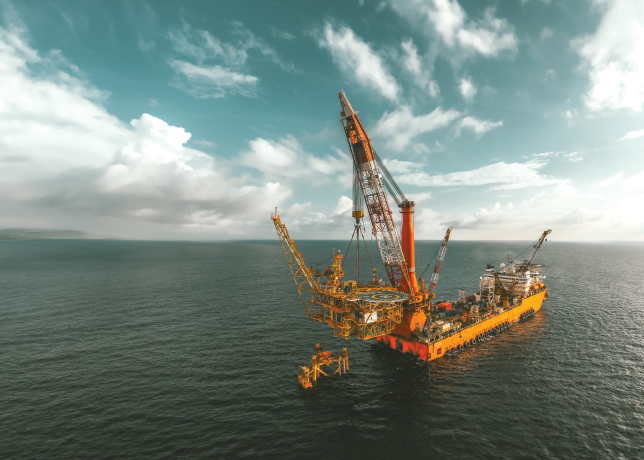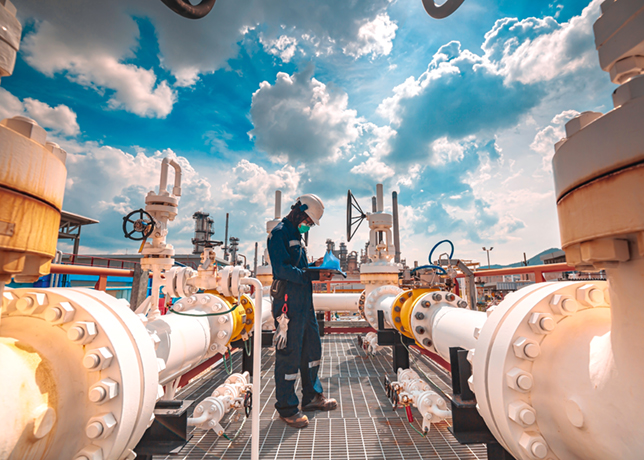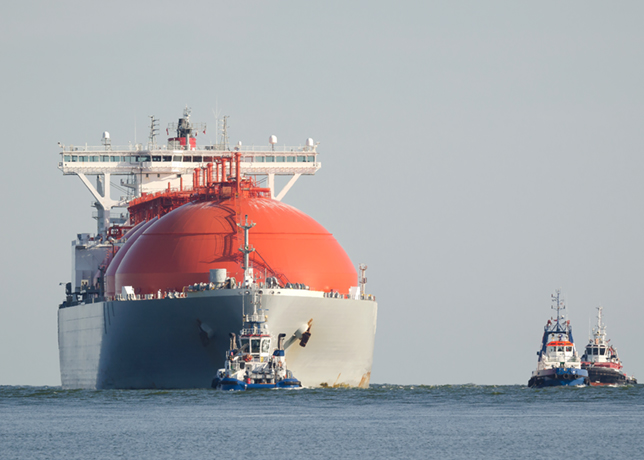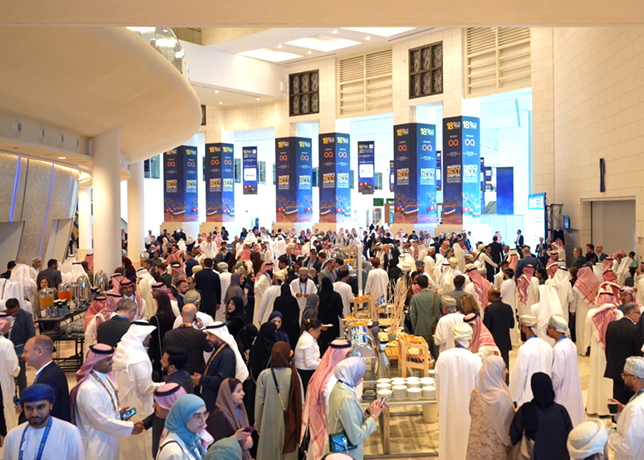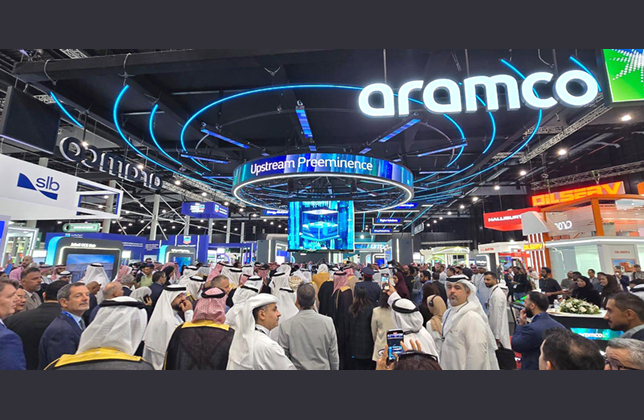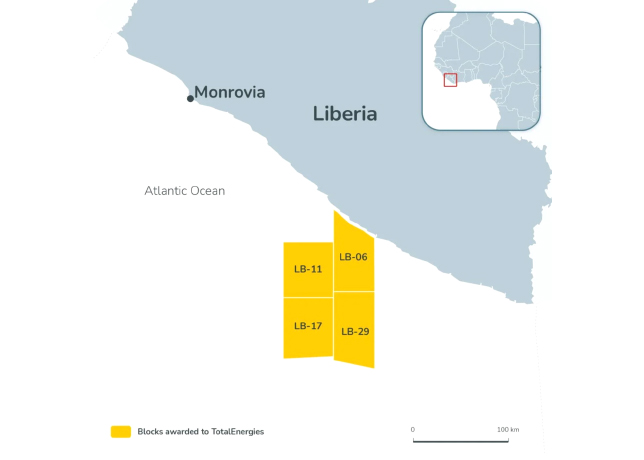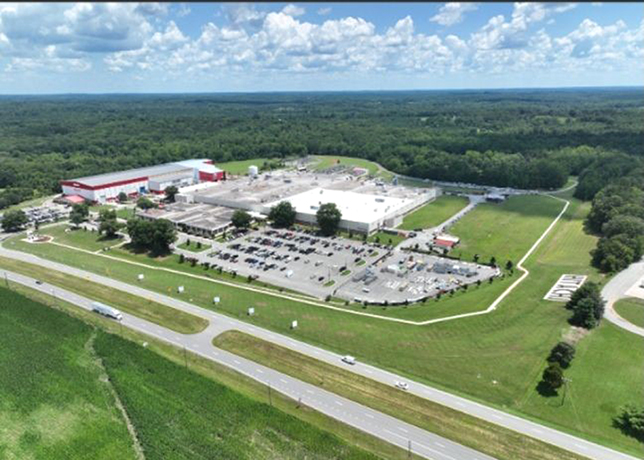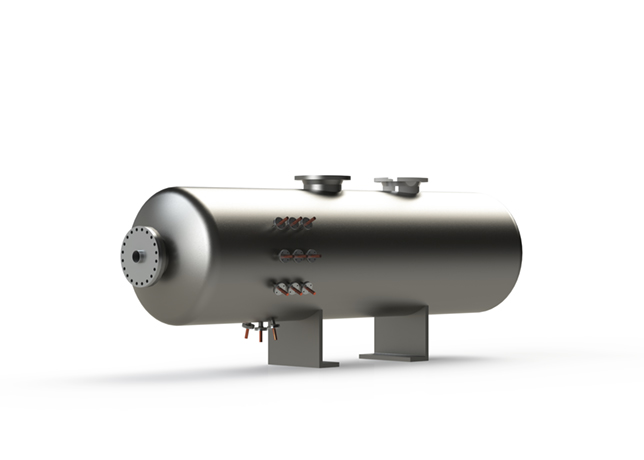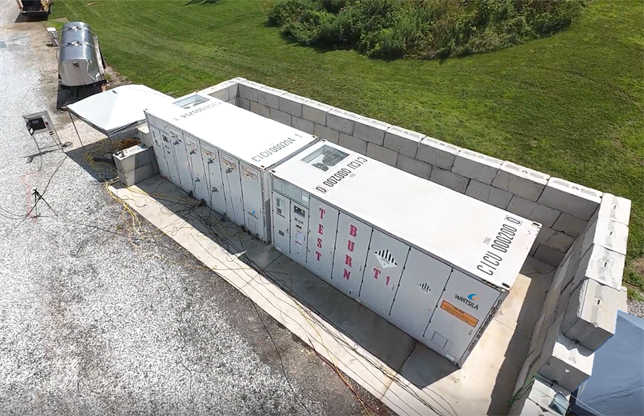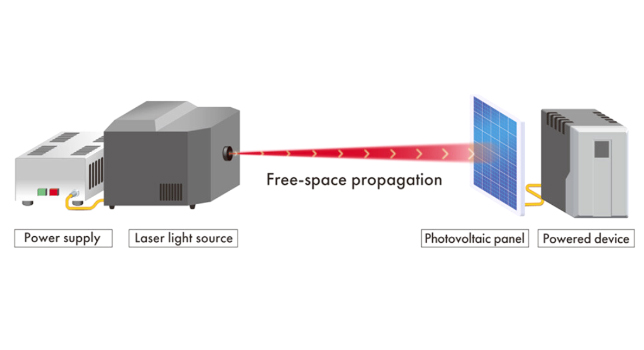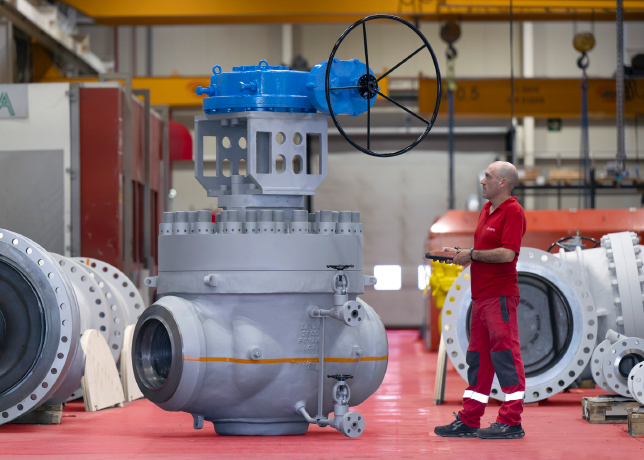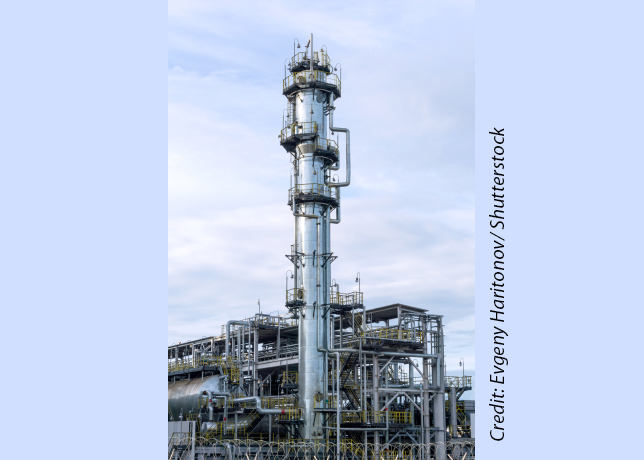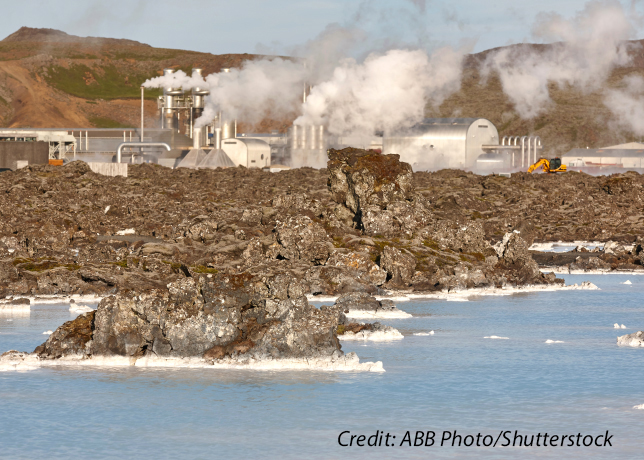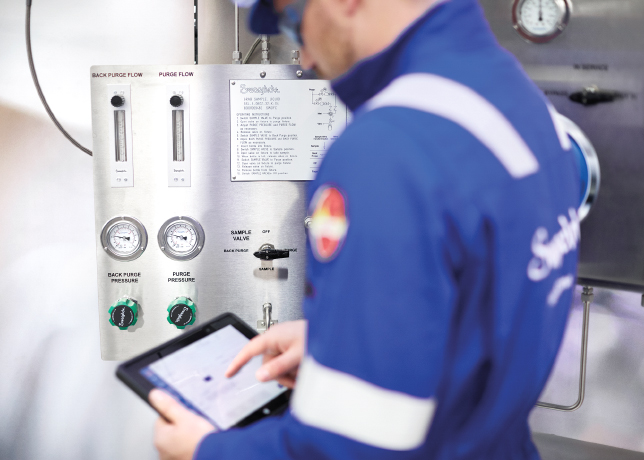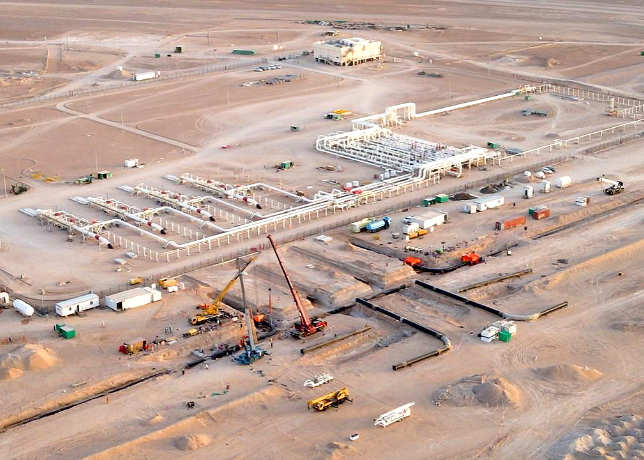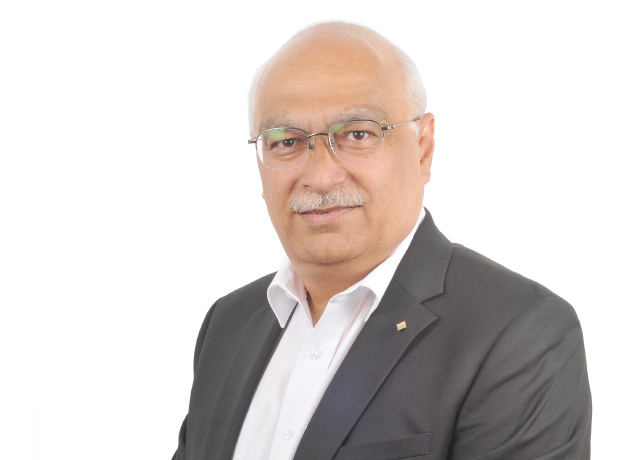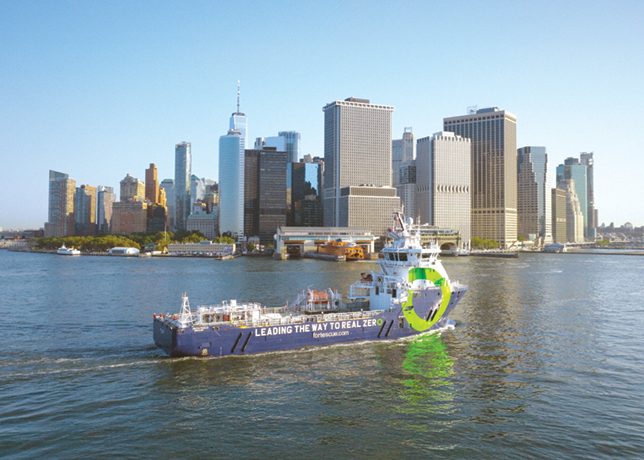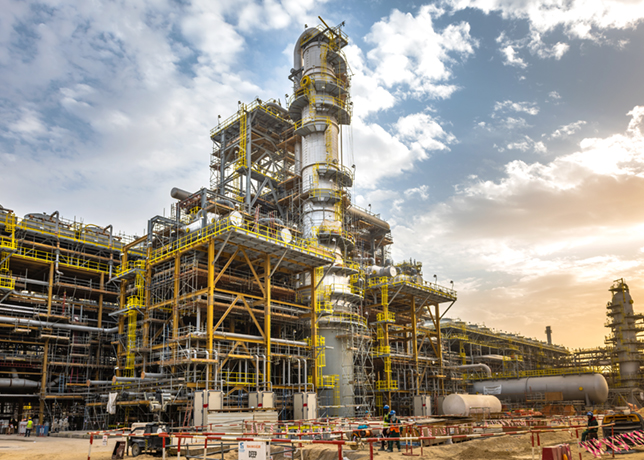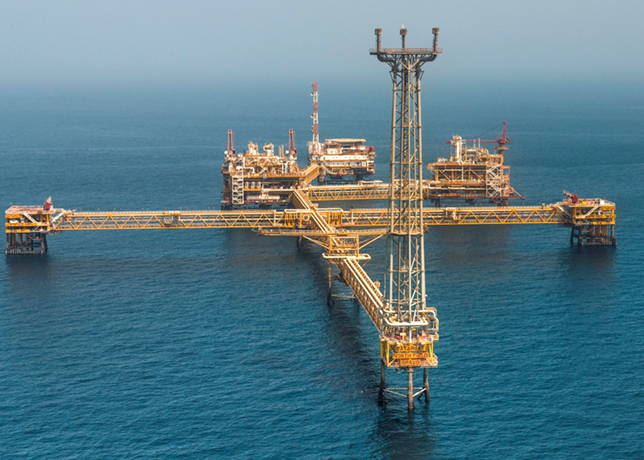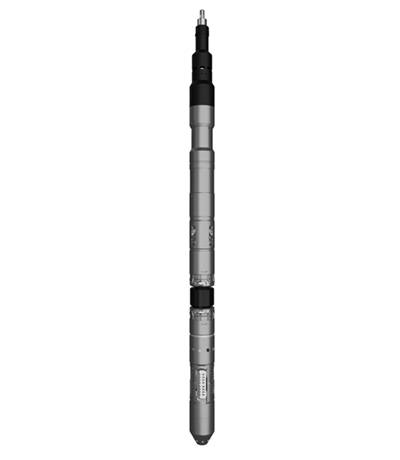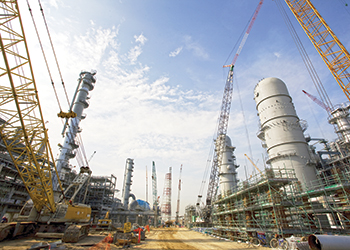
 Singapore ... world-class refinery, storage and distribution infrastructure
Singapore ... world-class refinery, storage and distribution infrastructure
While Singapore will remain a key oil hub and will likely emerge as the region’s hub for oil products and gas trade, its refiners face increasing competition from emerging markets in the regional oil products market such as China and Vietnam
Singapore’s strategic location between the Indian and Pacific Oceans and near the Strait of Malacca has allowed it to become one of Asia’s major petrochemical and refining centres and oil trading hubs.
Singapore has world-class refining, storage, and distribution infrastructure, and Jurong Island on the southern edge of the country is the centre of Singapore’s petrochemical industry. Several major international energy companies operate retail networks in the area. Singapore’s government plans to promote long-term growth in refining capacity in order to maintain its market position as a refining and oil-trading leader, says US Energy Information Administration (EIA) report on Singapore’s energy sector.
Singapore has no indigenous hydrocarbon reserves and must import all its crude oil and natural gas. In 2014 Singapore’s total primary energy consumption included approximately 87 per cent from crude oil and petroleum products, 13 per cent from natural gas, and less than 1 per cent from other fuel sources, according to the recent BP Statistical Review.
PETROLEUM AND OTHER LIQUIDS
The country has a total crude refining capacity of about 1.5 million barrels per day (mbpd) at three refineries, according to Facts Global Energy. In 2014, Singapore imported approximately 950,000 bpd of crude oil with more than two-thirds of these imports coming from the UAE, Saudi Arabia, and Qatar, according to the Singapore government. Imported crude oil is channeled mostly to the petrochemicals and refining sector. According to Global Trade Information Service, in 2014, Singapore was in the top ten exporters of refined oil products in Asia, with more than half of its exports going to Malaysia, Indonesia, and Australia.
Singapore is the world’s largest consumer of bunker fuel oil. Nearly a fifth of worldwide fuel oil is consumed by Singapore.
NATURAL GAS
Singapore’s government has promoted the use of natural gas over the past several years. Singapore’s natural gas consumption has increased from 233 billion cubic feet (bcf) in 2005 to 383 bcf in 2014, according to BP Statistical Review. Over the same time period, the share of natural gas in Singapore’s electricity generation fuel mix has increased from 74 per cent to 95 per cent as many gas-fired generators have replaced the use of oil-fired generators. The country had an installed power capacity of 10.5 gigawatts (GW) in 2013, according to Singapore’s Energy Market Authority.
The government intends to rely exclusively on LNG imports by 2024, following the expiration of several gas pipeline import contracts. Since 2008, Malaysia and Indonesia have supplied (via pipelines) 81 per cent of Singapore’s natural gas on average, according to IHS Energy. Singapore’s first LNG receiving terminal commenced commercial operations in 2013 with a capacity of 168 bcf. The terminal’s capacity was increased to 288 bcf at the end of 2013 and is expected to rise to at least 430 bcf by 2017, according to Singapore LNG Corporation. LNG imports are expected to give Singapore more gas import options.
Singapore Petroleum Company (SPC), the country’s biggest national energy firm, is involved in downstream activities, such as distribution and marketing, and it co-owns one of the largest refineries in the country. SPC also holds working interests in several production sharing agreements in Southeast Asia. PetroChina, an arm of the state-owned China National Petroleum Corporation (CNPC), purchased SPC in January 2010 for $2.2 billion. Chevron’s Caltex, ExxonMobil, and Royal Dutch Shell also have high levels of investment in Singapore’s energy sector, including many petrochemical and refining assets.
OUTLOOK
Singapore will remain a key oil hub and will likely emerge as the region’s gas trade hub over the next ten years 2015 to 20124, says BMI in its 10-year forecast period. LNG will also overtake pipeline gas imports from Indonesia and Malaysia as Singapore’s dominant source of gas. While it will remain a significant refining country it faces growing competition from emerging markets in the regional oil products market.
The key trends for Singapore’s oil and gas sector are:
Singapore’s large refining sector will keep its crude oil import requirements high. It is also heavily exposed to the Middle East given that the region supplies nearly 90 per cent of its crude oil needs. The country could see more condensate imports as condensate refineries come online.
While Singapore will remain the regional hub for oil products trade its refiners face increasing competition from emerging refiners in the region such as China and Vietnam. BMI expects to see a shift in Singapore’s oil product slate away from heavy fuel oil towards lighter distillates. The shipping industry will continue to form the bulk of Singapore’s oil consumption. More stringent shipping regulations will thus alter the country’s oil demand mix slowly away from heavy fuel oil to middle distillates especially from 2020.
Gas formed more than 95 per cent of Singapore’s power generation mix in 2014. The dominance of gas in the power will continue, forming the basis of Singapore’s steady gas import growth. Singapore’s growing gas consumption will see its gas imports more than double over BMI’s forecast period from 2015 to 2024. This will be supported by an expansion of LNG import capacity.
LNG is set to eclipse pipeline gas imports by 2018 thanks to rising LNG import capacity. LNG imports will make up an increasingly significant part of Singapore’s gas mix, as it ramps up on LNG import capacity and as pipeline supplies from neighbours dwindle.
SHOWDOWN SETS TRADING RECORDS
Meanwhile, major commodity houses are betting against each other on the direction of fuel oil in Singapore, the world’s largest market for shipping fuel, in a clash that has led to a record price swing and is set to smash monthly trading levels.
More than $750 million of physical cargoes have been traded in the first week of June during an end-of-day pricing window, accounting for about 60 per cent of Singapore’s average monthly sales of the fuel and creating logistics challenges at the port.
Strong buying has been led by Swiss-based Glencore and Mercuria, China’s PetroChina, and oil major BP, daily trade data shows. Russian major Lukoil, Swiss-based traders Gunvor and Vitol, and French oil major Total are the main sellers.
Buyers are so far on top, flipping the benchmark 380-cst fuel oil differential from a discount of $6.33 a tonne to Singapore spot quotes to a $7 a tonne premium in just 10 trading days, the biggest two-week gain on record.
"This time round it’s a serious play," says a Singapore-based veteran oil trader with at least 10 years of experience in the industry. Gunvor, Vitol, Mercuria, Lukoil and Glencore declined comment. The other companies did not immediately respond to Reuters queries.
The unprecedented trading volumes have been sparked by the Middle East summer, one of three seasonal events that can affect the demand-supply balance for fuel oil, along with Chinese New Year and the northern hemisphere winter. A hot summer in the Middle East means more demand for fuel oil to run air conditioners, limiting exports to Asia and driving up prices, while a cool summer keeps Asian prices lower.
These seasonal events inject a level of unpredictability into the market and give traders an opportunity to take a position that can reap big profits through related derivatives trading.
Singapore’s half-hour Market on Close (MOC) pricing process determines the settlement price used for derivatives trading on both the US Chicago Mercantile Exchange (CME) and the UK Intercontinental exchange (ICE). With profit and loss stakes at more than tens of millions, market sources said emotions in the market are riding high.
A record 3.175 million tonnes of 380-centistoke (cst) fuel oil was traded in October 2013, which is likely to be surpassed this week if an average daily trade volume of 500,000 tonnes holds.
Yet traders caution that the recent surge of buying that has pushed up prices could face pressure from a potential release of stocks as individual companies face storage shortages.
Data from trade group IE Singapore showed onshore fuel oil stocks across 13 refinery and commercial terminals have swelled to their highest at 27.6 million barrels, or about 4.25 million tonnes, since at least 1999, when Reuters started tracking the data.
TESTING LOGISTICS
Managing large volumes within a short period of time can also be challenging logistically, and complaints against counterparties for non-performance are not uncommon.
"Jetties’ schedules in Singapore are already very tight, any incremental volumes will strain logistics very badly," says a Singapore-based oil terminal representative.
Singapore’s oil terminals are concentrated around the western tip of Jurong, and the loading and discharging of fuel oil could overcrowd the limited space. Energy and metals information group Platts, which operates the MOC pricing process, did not respond to a request for comment on how it would ensure that all the cargoes traded on screen will be carried out.
Last week’s high levels of activity were anticipated by a build-up in open interest in June-related fuel oil swaps, a measure of outstanding contracts that have yet to be squared off.
Open interest for June 380-cst fuel oil derivatives reached almost 13 million tonnes by the end of May, according to ICE and CME data, more than double the typical monthly average. Traders say the level was higher than the last major showdown in October 2013.




